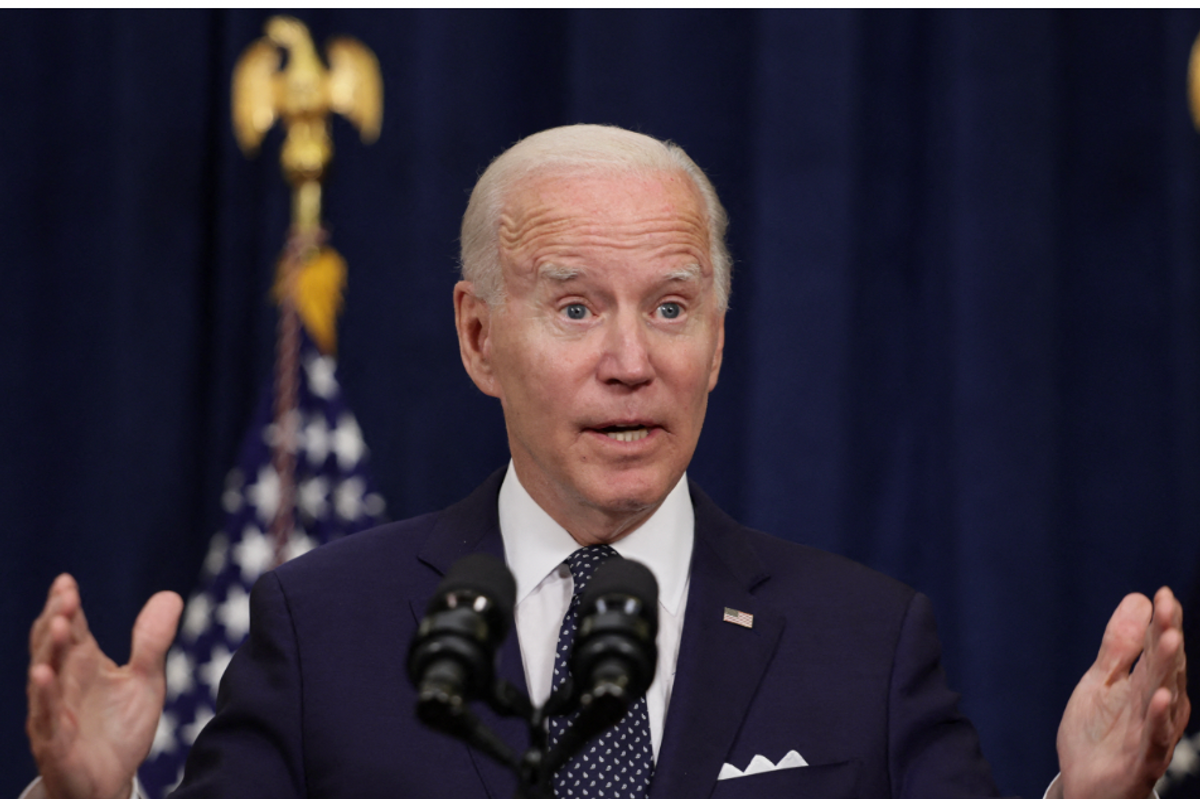
Jan. 9 (Bloomberg) — The War on Poverty is now 50 years old. Has it failed? The answer varies, depending on whether we use the government’s official poverty measure or its much newer, and far more informative, one.
The new measure demonstrates that government programs are doing a lot of good, especially for children. Nonetheless, the overall picture is more than sobering, and offers a fresh perspective on the mounting national debate over poverty and inequality.
The official poverty measure, developed in the 1960s, has drawn withering criticism for a long time. It doesn’t include a number of government transfer programs, including the Supplemental Nutrition Assistance Program — food stamps — or the earned income tax credit. Under the official measure, people might be counted as poor even though they get a significant amount of money from the government.
Another problem is that the official measure doesn’t adequately take into account the varying needs of different types of families and individuals. For example, adults with children need more money than adults without children, and a sensible measure of poverty must make sufficient adjustments for that fact.
In 1995, the National Academy of Sciences issued a report cataloging serious flaws in the official poverty measure and recommending alternatives. But it wasn’t until 2011 that the Census Bureau settled on an alternative, which it called the Supplemental Poverty Measure. Though some people see shortcomings in the new standard, it is generally agreed that it is a lot better than the old one.
Important new research, by Liana Fox of the Swedish Institute for Social Research and her colleagues at Columbia University, demonstrates that with the Supplemental Poverty Measure, some historical trends look a lot better than they do with the official measure. Using data from 1967 to the present, the researchers offer four major findings.
First, government programs have had a big impact in reducing poverty among children. In 1967, they reduced child poverty by merely 3 percentage points (from 25 percent to 22 percent). In 2012, they reduced it by 12 percentage points (from about 31 percent to about 19 percent). The beneficial impact of government programs is especially large for children in “deep poverty” — those whose families are below one-half of the poverty line.
Second, the beneficial effects of government programs are largest when the economy goes sour. Without them, the deep poverty rate for children would be about 20 percent during economic downturns. With such programs, it ranges from 4 percent to 5 percent.
Third, the beneficial effects have grown substantially over time. If we use the Supplemental Poverty Measure, we can see that government programs reduced poverty in 2012 by an impressive 15 percentage points. In 1967, the decrease was a lot smaller.
Fourth, some programs have especially big impacts. All by itself, for example, the earned income tax credit reduced child poverty by no less than 5 percentage points in 2012. Food and nutrition programs had almost as large an effect. In 1967, the impact of such programs was close to zero.
To be sure, these findings raise many questions. As Fox and her co-authors acknowledge, their research says nothing about the behavioral effect of government programs. If these policies eliminate incentives to work, they would help to entrench poverty. No statistical poverty measure, standing by itself, can capture such effects.
But this point should not be overstated. The earned income tax credit is a major driver of the findings. By making it more remunerative to work, that program hardly eliminates incentives to get or hold a job.
The bad news is that the Supplemental Poverty Measure reveals that poverty levels remain high, and haven’t fallen a lot over time — 19 percent in 1967 and 16 percent in 2012. Among children, the level has been dented only modestly, from about 22 percent in 1967 to about 19 percent in 2012 — meaning that almost one-fifth of American children now live in poverty.
With respect to children in particular, the U.S. does poorly compared with other developed nations. In recent years, its child poverty rate has been higher than that in Norway, Canada, Japan, Austria, Denmark, the Netherlands, Australia, Belgium, Slovakia, Iceland, Finland, Cyprus, Ireland, Germany, France, Malta, Italy and the UK.
This evidence is especially disturbing when combined with research showing that the U.S. now has relatively low levels of intergenerational mobility. Those who are stuck at the bottom of the economic ladder have tended to remain there.
Here is a question that can’t be asked too often: What are we going to do about this? Our answers should be informed by facts, not fictions.
Cass R. Sunstein, the Robert Walmsley University professor at Harvard Law School, is a Bloomberg View columnist. He is a former administrator of the White House Office of Information and Regulatory Affairs, the co-author of Nudge and author of Conspiracy Theories and Other Dangerous Ideas, forthcoming in March.
Photo: Jeffrey Simms Photography via Flickr


